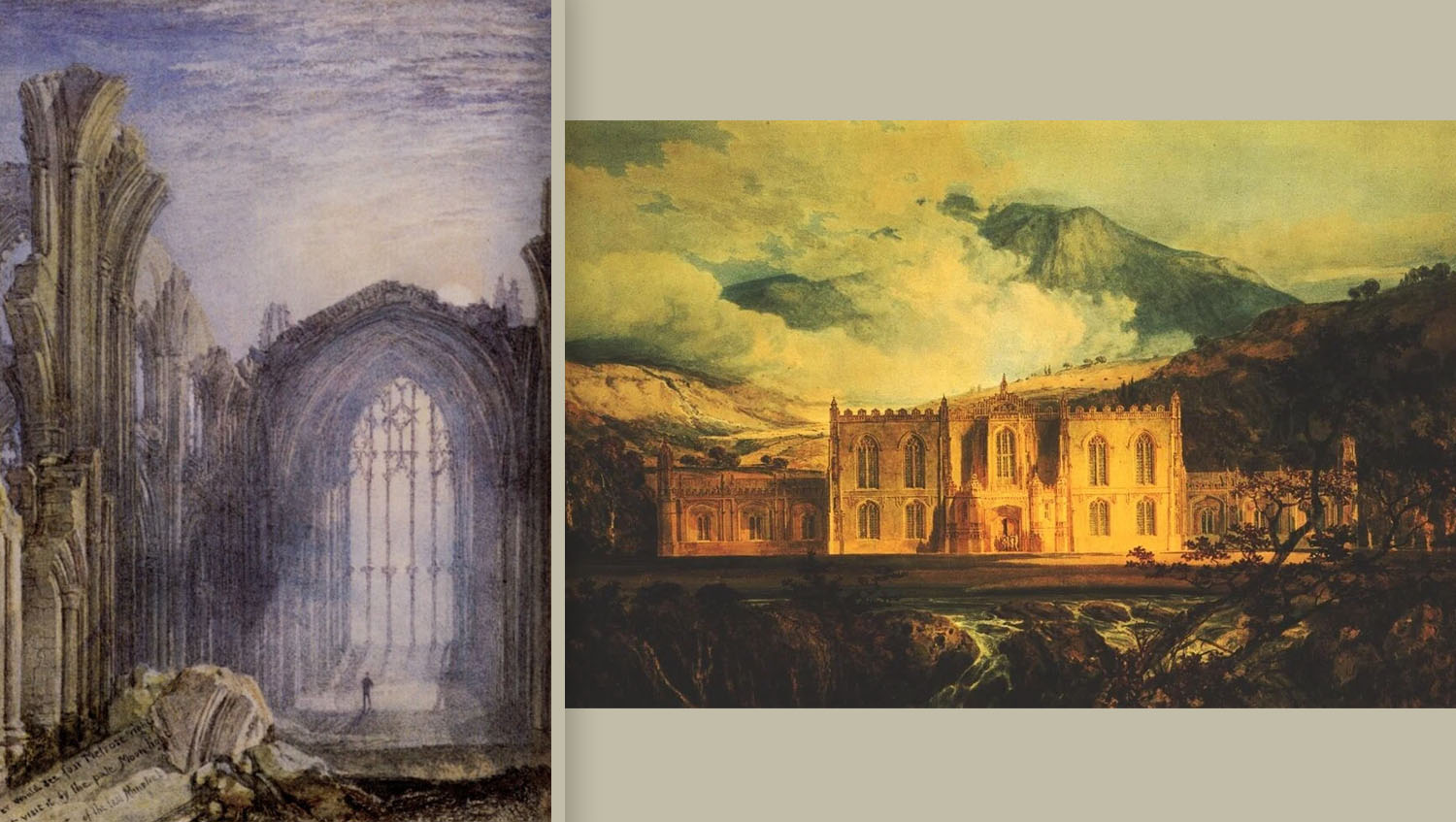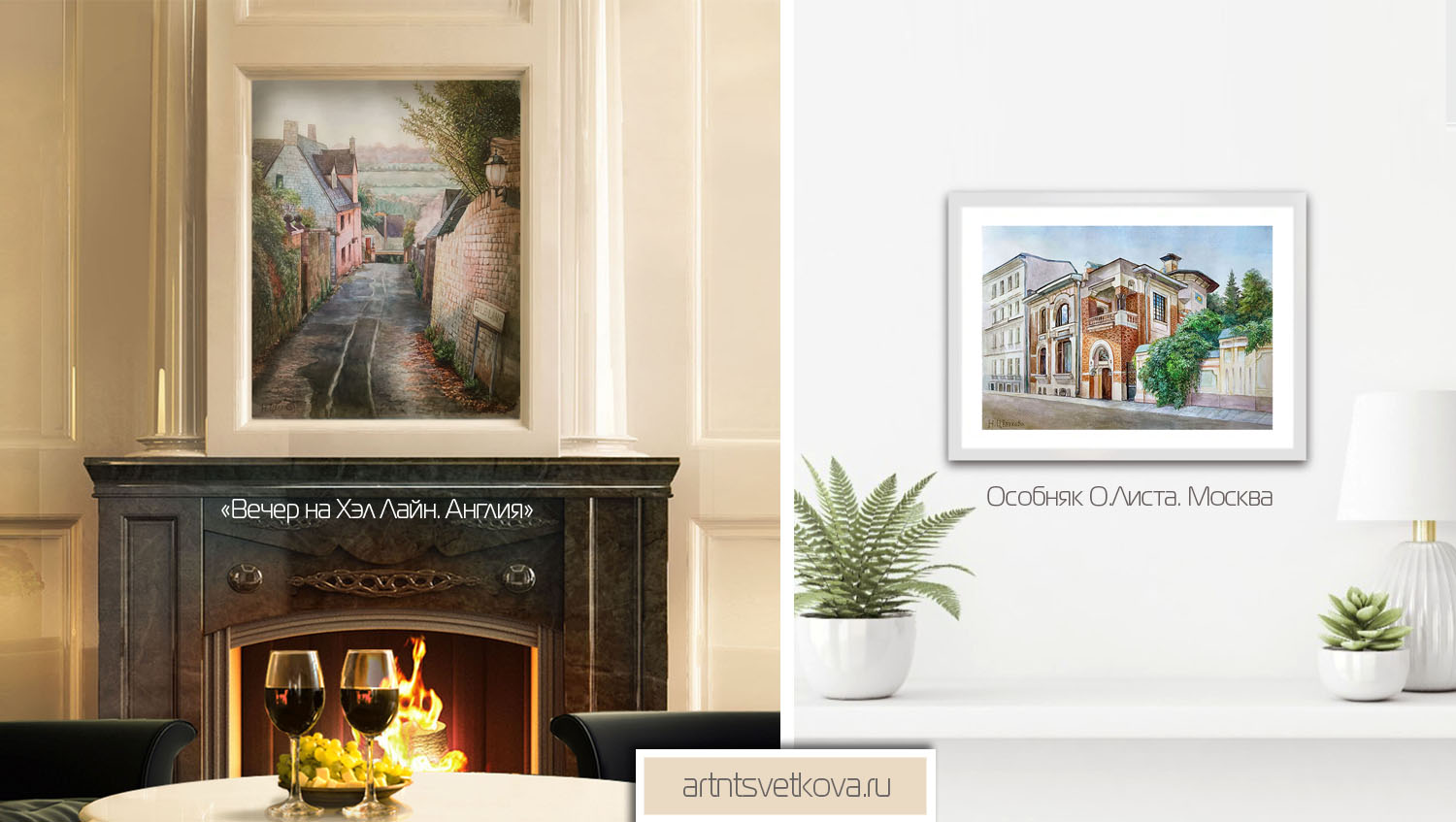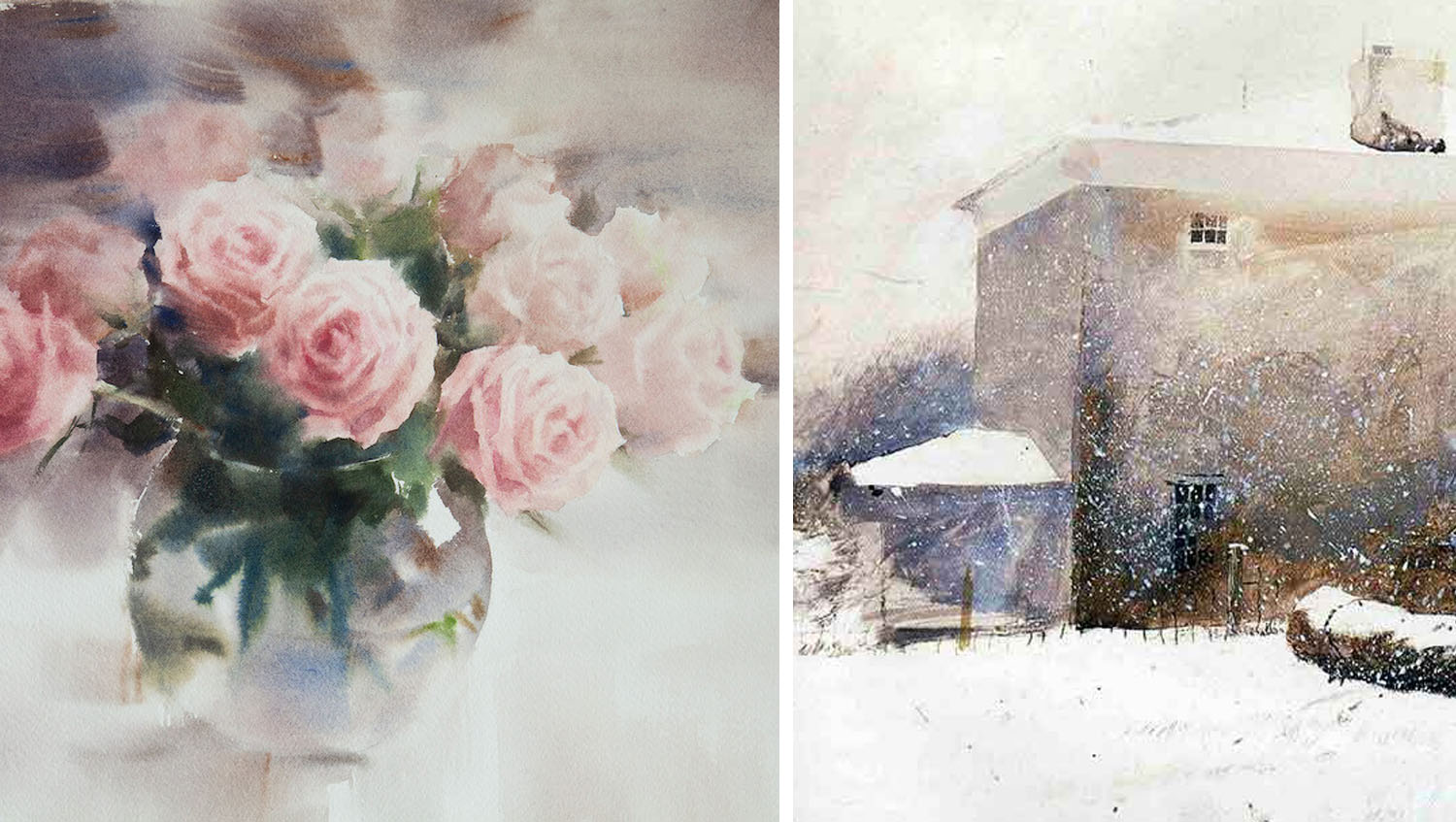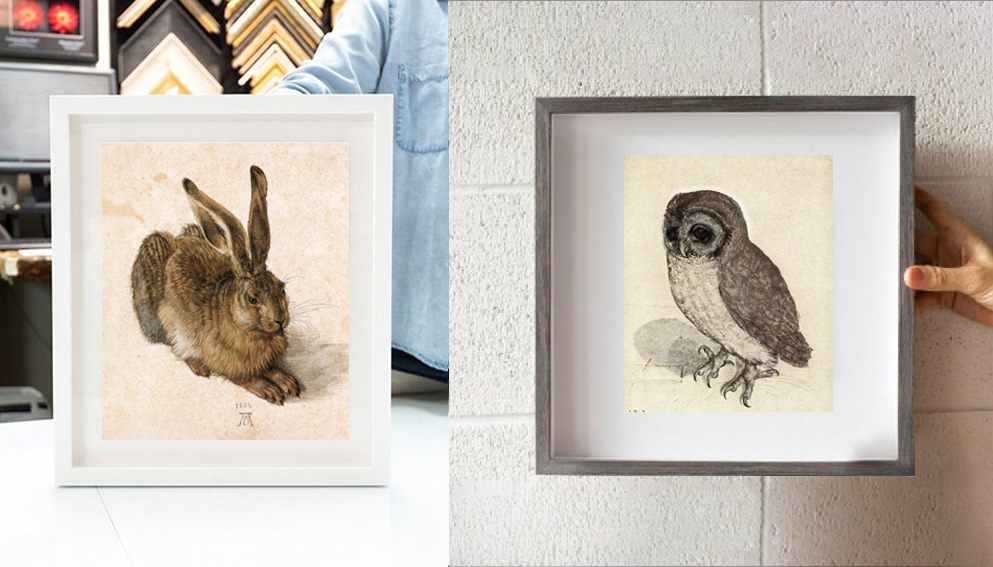The uniqueness of watercolor painting lies in the ability to convey the beauty of the world with transparent and rich paint, creating delicate and expressive images of landscapes.
In this article, we will review both the famous classical paintings and the works of modern artists, as well as share tips for designing watercolor paintings.
Landscapes in watercolors: from classics to modernity

— One of the most famous representatives of the watercolor landscape is William Turner. His works were distinguished by extraordinary atmosphere and harmonious transitions of colors.
William Turner (1775-1851) was a prominent English painter and watercolourist whose work contributed significantly to the development of landscape painting. Born in London, he showed a talent for drawing at a young age and began his education at the Royal Academy of Art at the age of 14.
Turner traveled throughout the UK and Europe in search of inspiration for his work. He was especially attracted to landscapes and sea views. He equally easily depicted both architecture and nature in watercolors.
(Pictured: «Melrose Abbey 1822,» «Hafod 1841»)
The passion for watercolors became an integral part of Turner’s work. He was able to convey the variability of light and atmospheric phenomena through subtle transitions from one color to another.
Turner’s watercolor works became famous for their natural emotionality and experimental approach to painting. He often used unconventional techniques and materials such as scrapers or burning to achieve special effects.
His watercolor drawings were imbued with deep feelings and a passion for nature, which attracted the attention of the public and colleagues. William Turner’s techniques and approaches to watercolor painting had a significant influence on the development of this art.

Another striking example of Albrecht Dürer (1471-1528) is a German painter, engraver, theorist, the most influential person of the German school, born in Nuremberg.
During his life, when Dürer was engaged in watercolor drawing of plants and animals, he traveled to Italy and the Netherlands, studying botany and zoology. His interest in nature and science became the basis for his work.
Dürer created detailed and realistic watercolor images of plants and animals. He sought not only to convey their appearance, but also to study their anatomy and features. His works were distinguished by high skill and clarity of detail.
Dürer’s most famous works in this area include the «Big Piece of Meadow» of 1503, and the «Young Hare.» They are distinguished by excellent composition, realism and attention to detail.
Dürer’s work in the field of watercolor drawing of plants and animals had a significant impact on the development of the natural sciences and fine arts. He became one of the first artists to approach the topic scientifically.
Dürer proved that art can be not only aesthetic, but also useful for science, turning watercolor into a powerful tool for the study and knowledge of nature.
In the photo: Dürer’s watercolor paintings «A Large Piece of Meadow» and «The Courtyard of the Old Castle in Innsbruck on a Cloud Day»
Watercolor paintings by contemporary authors

Among contemporary artists can be distinguished David Choki, known for his bright and dynamic urban landscapes with watercolors depicting everyday bustle.
Or Japanese watercolor Takumi Yuokoka, a master of summer landscape watercolor. Whose Buddhist-contemplative views of streets and flower beds in the style of hyperrealism leave an unforgettable impression.
Interesting work of the artist from Turkey Rakie Garip. Her landscapes with water are close-up, when every pebble on the bottom is visible through a transparent surface and waves.
Also on this site you can purchase beautiful landscapes with watercolors of the artist Nadezhda Tsvetkova. In pictures: Her signature paintings: «Evening on Hal Line. England «, » Mansion O. Lista. Moscow. »
Watercolor techniques

They are varied and allow artists to achieve different effects and moods in their work. Here are some of the most common watercolor techniques:
- Wet on wet, or painting «on raw»: the artist applies paints to moisturized paper, which creates a vague and blurry effect.
- Dry brush: Artist uses slightly damp brush to apply dense, bright colour layers
- Gradual application of layers, or lessings: the artist applies several thin layers of paint, each time letting the previous layer dry. This allows you to create depth and saturation of colors.
- Scraping (scratching, staffito): using sharp tools such as a knife or glass, the artist removes paint from the surface of the paper to create textural effects or add light accents.
An important part of the process of creating watercolor works is the choice of suitable paper. Artists typically choose paper specifically designed for watercolor, which has certain characteristics such as absorbency, strength, and texture.
Design of watercolor paintings

If you want to buy the landscape with watercolors to decorate your interior, when choosing, pay attention to the style, size and theme of the work.
- Choose a suitable frame or passport that will be combined with your work and emphasize its uniqueness. Options are possible for both a white passport and the framing of pastel shades — light gray, milky, the main thing is that the passport does not «argue» with the picture but emphasizes and frames its beauty.
- Watercolor must be placed under the glass, unlike oil painting, any contact with moisture will spoil the picture, so glass will play a protective role.
It is better to choose more expensive anti-glare glass so that the shine does not overshadow the painting itself.
3. Position the painting in a well-lit area to accentuate its paints and details.




